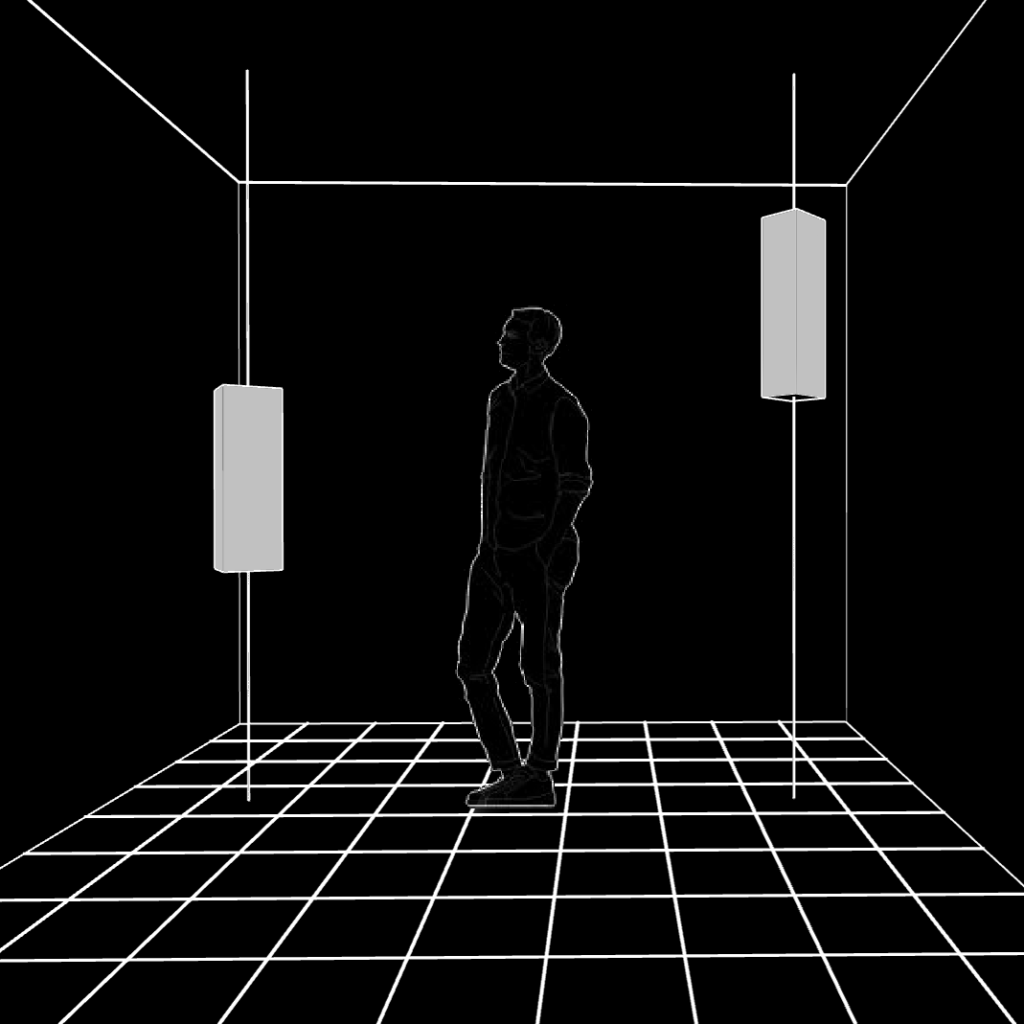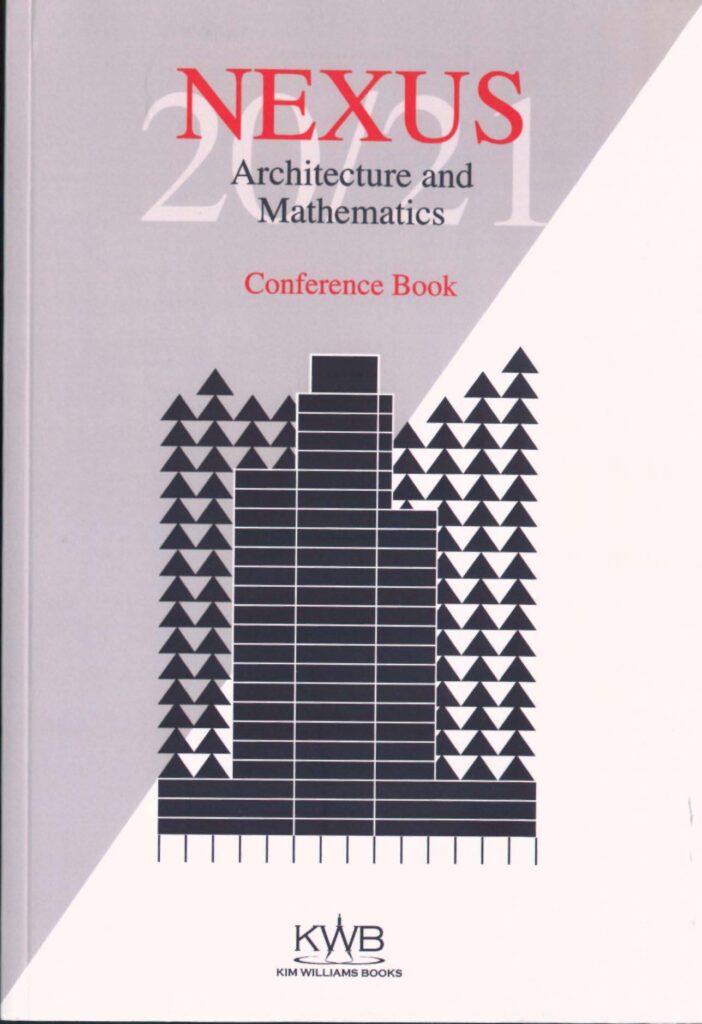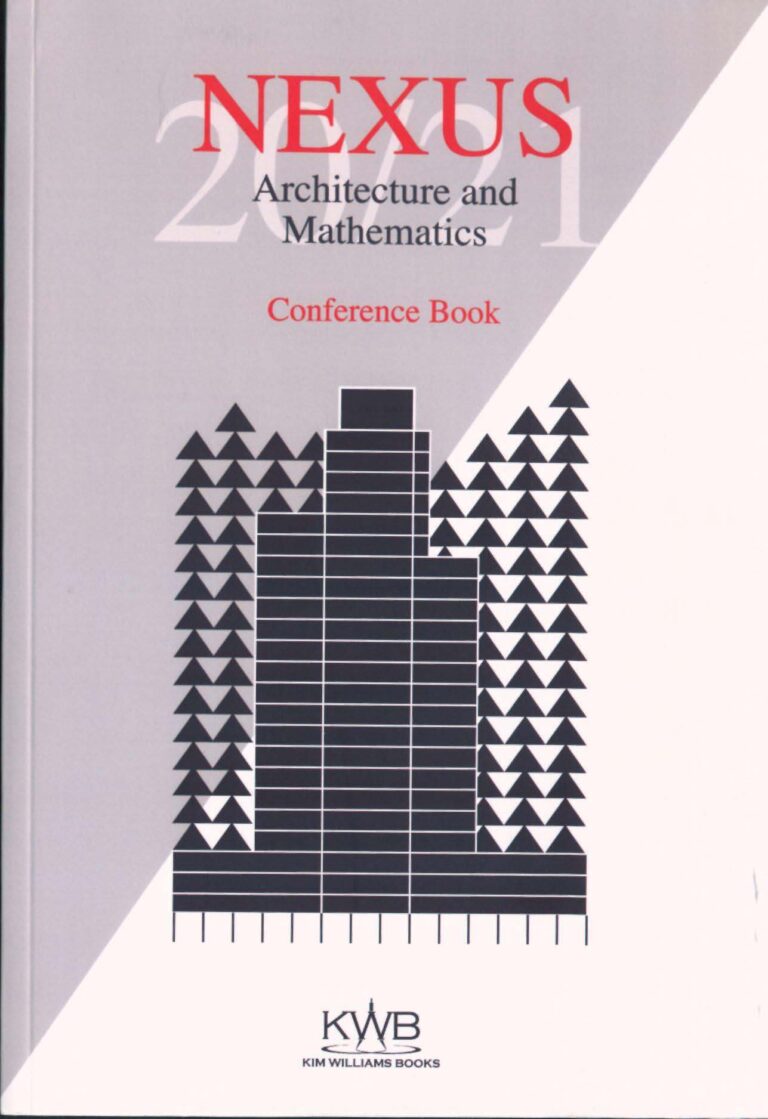Psychophysics of Architectural Proportion
in Three Dimensions

Tiziana Proietti and Sergei Gepshtein
Conference Proceedings, Nexus Architecture and Mathematics, (pp. 43-48). Kim Williams Books, 2021
The theory of proportion in architecture has a long and convoluted history, in which the definition of proportion emerged as elusive and controversial. One source of difficulty is the multiple notions of the role proportion plays in experiencing architecture, in mathematical, perceptual and aesthetic discourses. Attempts to clarify the role and significance of proportion have been made from three perspectives: symbolic, aesthetic, and perceptual-cognitive. The last two perspectives have often been conflated.
We confront this ambiguity by pursuing an interdisciplinary program of research that has the following points of focus. First, conceptions of proportion useful for architectural design should be defined for three-dimensional objects. Second, differences between mathematically distinct proportions should be considered only after we have ascertained that the proportions in question are perceptually discriminable from one another. Third, perception of proportion should be studied from the point of view of a mobile person. Here we present first steps in pursuing these questions, concentrating on discrimination of proportions of three-dimensional objects.



The theory of proportion in architecture has a long and convoluted history, in which the definition of proportion emerged as elusive and controversial. One source of difficulty is the multiple notions of the role proportion plays in experiencing architecture, in mathematical, perceptual and aesthetic discourses. Attempts to clarify the role and significance of proportion have been made from three perspectives: symbolic, aesthetic, and perceptual-cognitive. The last two perspectives have often been conflated.
We confront this ambiguity by pursuing an interdisciplinary program of research that has the following points of focus. First, conceptions of proportion useful for architectural design should be defined for three-dimensional objects. Second, differences between mathematically distinct proportions should be considered only after we have ascertained that the proportions in question are perceptually discriminable from one another. Third, perception of proportion should be studied from the point of view of a mobile person. Here we present first steps in pursuing these questions, concentrating on discrimination of proportions of three-dimensional objects.
Psychophysics of Architectural Proportion
in Three Dimensions
Tiziana Proietti, Sergei Gepshtein
Conference Proceedings, Nexus Architecture and Mathematics, (pp. 43-48). Kim Williams Books, 2021